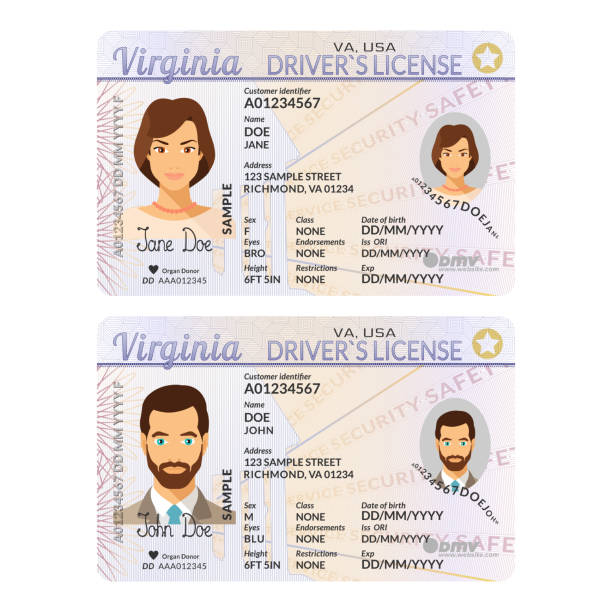
The Insider’s Guide to Understanding Scannable Fake IDs
With the rise of technology, the use of fake id has become increasingly widespread in recent years. As the use of these IDs grows, so does the need for those who are looking to identify them. Fake IDs can have serious repercussions if they are not identified and stopped. That’s why it’s important to understand how to spot a fake ID. In this blog post, we’ll give you an insider’s guide to understanding scannable fake IDs. We’ll cover what makes a fake ID scannable, how to identify them and the steps you can take to ensure your safety. With this knowledge, you can be sure that you’re taking the right steps to identify and stop fake IDs before they cause you any trouble.
1. Knowing the warning signs of a fake ID
For anyone in the business of verifying IDs, it’s absolutely essential to be able to spot a fake. The first step is to be familiar with the warning signs of a scannable fake ID. To begin, it’s important to look for any inconsistencies between the photo on the ID and the person presenting it. Pay close attention to the facial features and hairline of the individual and compare them to the photo. If there are any discrepancies, it’s a sign that the ID may be fake. Additionally, you should check for any mismatched or missing signature, as well as any inconsistencies in the font or layout of the ID. Finally, if the ID has been tampered with or appears to be of poor quality, it’s a sign that it may be fake.
2. Identifying the different types of fake IDs
The second step to understanding scannable fake IDs is to identify the different types. The most common type is the hologram ID, which is printed with a hologram embedded into it. These IDs also have a magnetic strip that contains information about the person who holds it. Another type of scannable fake ID is an RFID-enabled ID, which has an RFID chip embedded in it and allows for contactless scanning. Lastly, there are non-scannable fake IDs, which are just printed without any additional technology. It is important to note that these types of IDs can be easily identified from their lack of security features.
3. Learning advanced techniques for verifying authenticity
Verifying the authenticity of a scannable fake ID is no easy task, but luckily there are advanced techniques that can help. One of the most effective tools for verifying authenticity is a barcode scanner. This scanner can detect an ID’s barcode, which contains important information about the ID’s origin, age, and expiration date. Additionally, the scanner can detect any discrepancies between the information on the ID and the information stored on the barcode. This makes it easier to identify any fakes in circulation. Other advanced techniques for verifying authenticity include UV light scanning, hologram inspection, and checking for any notches or other irregularities in the card’s design.
Overall, having a basic understanding of how to spot a fake ID is essential for any business that serves alcohol and other age-restricted products. Fake IDs are becoming increasingly sophisticated, but with an eye for detail and the proper technology, you can confidently identify them. Taking the right steps to verify the authenticity of each ID and making sure to follow all state and federal regulations will help ensure your business remains compliant and protect it from potential legal action.